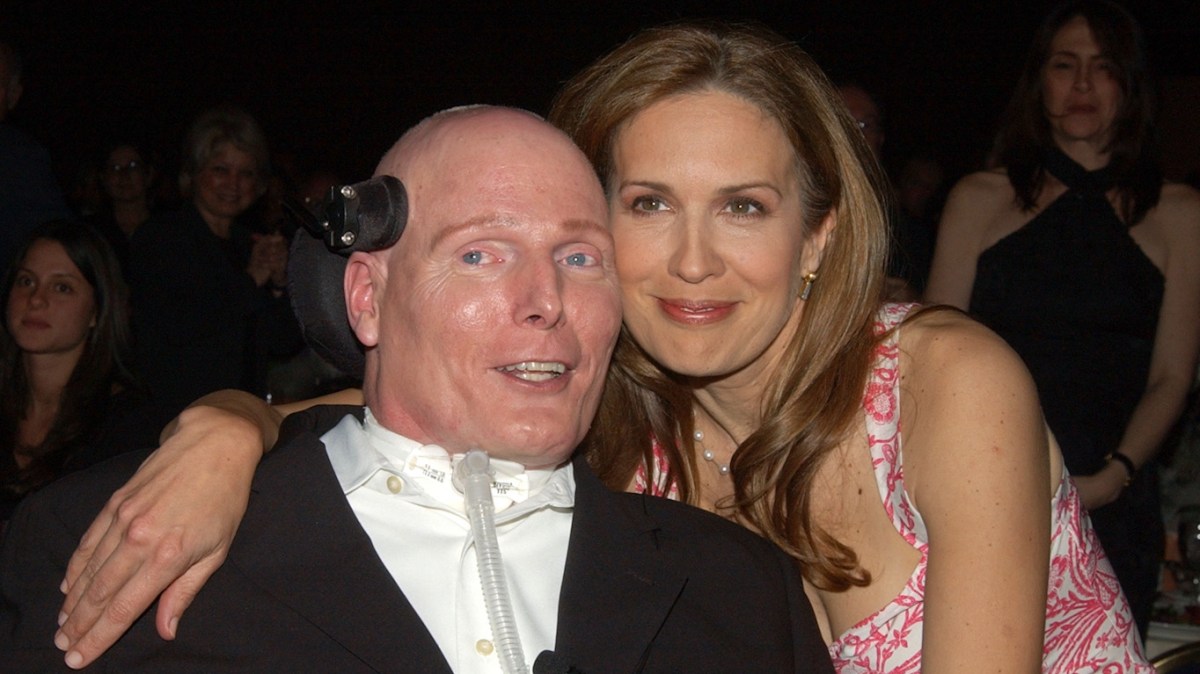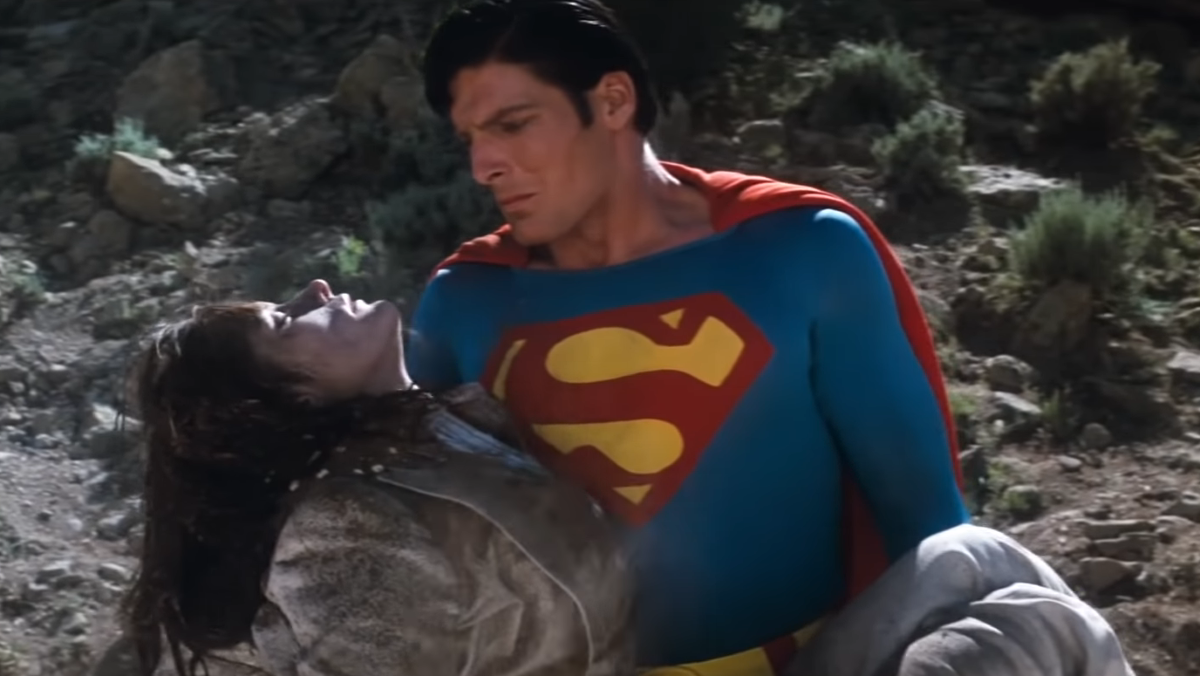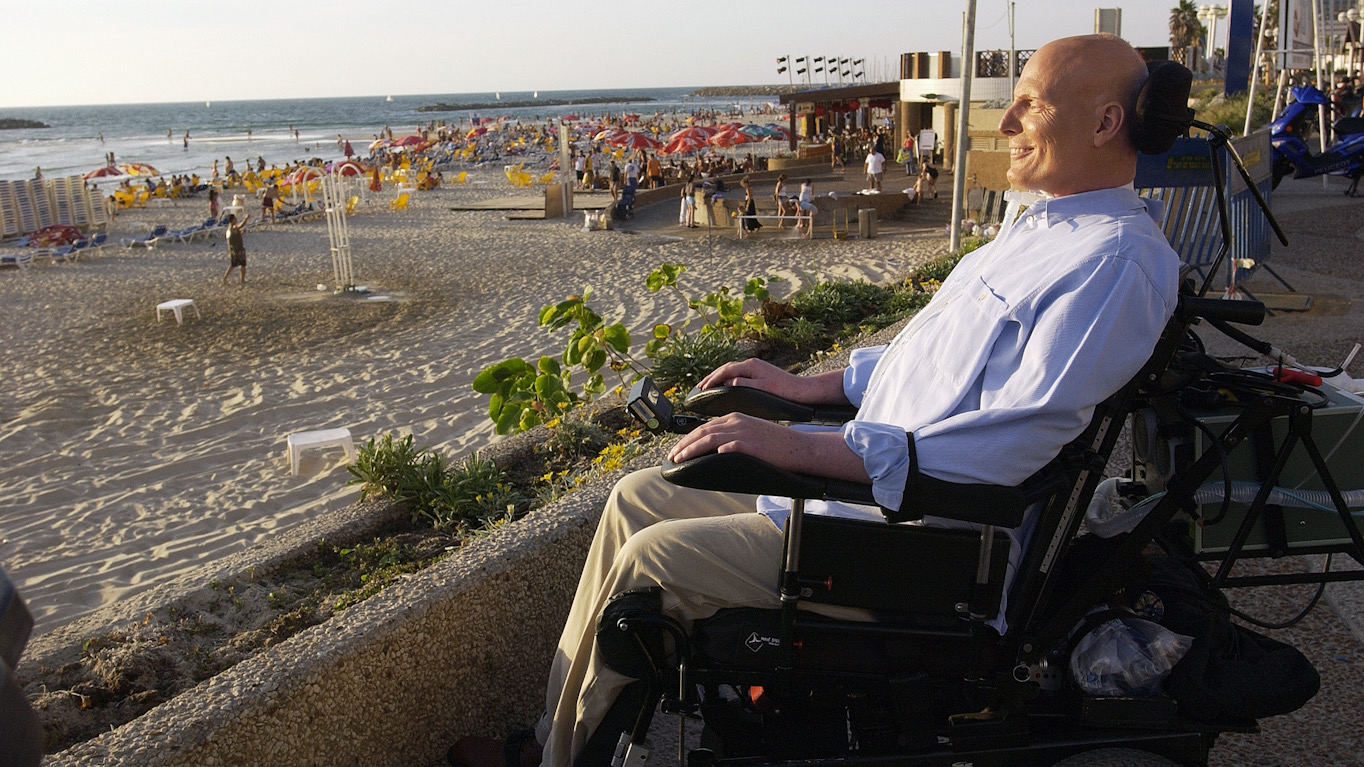In his day, Christopher Reeve was one of the most handsome movie stars around, and he parlayed those good looks and charisma into a part as the most famous superhero of all: Superman. Reeve appeared in four Superman films, some of which were way more profitable than others. He went from one of the most famous actors on the planet to one of the most inspiring after a shocking accident paralyzed him from the neck down. But first, some context.
The Superman superstar
Reeve was born on September 25, 1952 in New York City. His educational pedigree was especially impressive; he attended Cornell University and then went to the prestigious Juilliard School to study drama and acting. It didn’t take long for him to snag a role in the Broadway play A Matter of Gravity, with megastar Katharine Hepburn. He also appeared in a soap opera called Love of Life.
Once he was cast in Superman, however, he reached the pinnacle of stardom. He was actually chosen after producers went on a two-year search for the right actor. That doesn’t mean he just waltzed in and got the part though. Director Richard Donner revealed that there were other, more well-known actors in contention for the part, including Sylvester Stallone.
Donner said he met with Stallone at the behest of the movie’s producers and casting director, but he actually wanted someone unknown for the part. He said, “I tried to be nice and say, ‘This is wrong.’ I liked Stallone; he turned out to be a nice guy. He wanted to do it. I remember meeting him in his manager’s office and I was as cordial as I could be. He was a big star and I’m some punk kid.”
There were other actors who wanted to play the last son of Krypton as well, including Paul Newman and Robert Redford, but Donner felt like audiences wouldn’t be able to separate the actor from the part, and he wanted the audience to be completely enraptured by the story. However, when Donner first saw Reeve, he wasn’t quite convinced. He thought Reeve was way too skinny to play the part of the canonically muscle-bound superhero.
Reeve walked in with “this great big sweater on” and “blondish hair,” Donner explained. “I said, ‘Problem quite honestly, buster, is I got to get a guy that is bulk, that looks like a muscle zoo.’” Reeve responded with, “Listen, I was a jock in school and when I went into acting I lost 50 pounds.” Donner said, “‘I don’t believe you — you’re an actor.’ He says, ‘No, I did. I swear to you.'”
Still not convinced, Donner went to see Reeve in an off-Broadway play, and that’s what changed his mind. “He was just wonderful as Clark Kent and Superman,” Donner said. “He really got the idea of a terribly pained individual living a dual life.”
Reeve brought a confident compassion to the role that made his portrayal one of the quintessential ones in the Superman cinematic canon. Reeve also starred in a number of other films, including Somewhere in Time from 1980, Deathtrap in 1982, and The Aviator in 1985. Also that year, he starred in a TV version of the classic Anna Karenina, which got him heavily into horseback riding. His later films before his accident include Morning Glory from 1994, and Village of the Damned from 1995.
How did Christopher Reeve become paralyzed?
On May 27, 1995, Reeve was competing in a horse riding competition. He was riding his horse, Buck, and jumped two fences on the course with ease. When the horse made it to the third fence, it stopped suddenly. Reeve flew forward, and his hands got tangled in the reins. He landed on his head on the far side of the fence. He hit the fence so hard he smashed two upper vertebrae in his spine, severing the connection between his spine and his skull.
This injury, by the way, is sometimes referred to as a hangman’s fracture, and it usually results in death by suffocation. Reeve was rushed to the hospital, where it took five weeks for him to be stabilized. When he got better, he was told that he was paralyzed from the neck down, and would never feel any sensation in 90% of his body. He would also not be able to breathe on his own.
He also had to have a surgery to reattach his skull to his spine, an operation that had a coin flip of a chance for survival. Throughout his ordeal, Reeve said it was the comedic actor Robin Williams who helped him get through, along with his wife and family. Reeve said during the ordeal he was laying on his back “frozen, unable to avoid thinking the darkest thoughts.”
When things seemed to reach a breaking point, Reeve said, Williams busted into the room “with a blue scrub hat and a yellow surgical gown and glasses, speaking in a Russian accent. He announced that he was my proctologist and that he had to examine me immediately.”
Reeve said that was the first time he laughed since the accident, and from that moment, he knew that “somehow I was going to be okay.” Reeve was an absolute inspiration in the way he handled his injury. He could’ve slunk away into the ether and removed himself from the public eye, but he actually did the opposite. He stated publicly that he wanted to walk again by his 50th birthday, and became a huge advocate for the disabled community, helping to shine a light on that segment of the population, particularly those living with spinal injuries.
While Christopher Reeve was never able to walk again, he eventually regained some movement in his toes and fingers, and he regained the ability to feel the prick of a pin, and could also differentiate hot from cold. He worked constantly to bring awareness to of medical advances like stem cell research, which he hoped would one day cure ailments like paralysis, Alzheimer’s, and Parkinson’s.
Just one year after his injury, he started the Christopher Reeve Paralysis Foundation. In 1999, that organization merged with the American Paralysis Association, and in 2007 it was given a new name: the Christopher & Dana Reeve Foundation. He also restarted his acting career, despite the injury. In 1998, he earned a Golden Globe nomination for his take on Alfred Hitchcock’s Rear Window. He also directed two TV movies, In the Gloaming in 1997, and The Brooke Ellison Story in 2002.
Reeve passed away on Oct. 10, 2004 from a cardiac arrest. He’s survived by his wife, Dana, and his three children — William, Matthew, and Alexandra.



